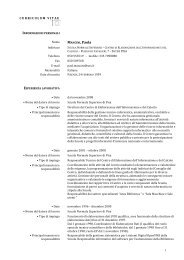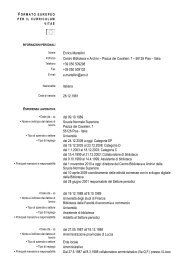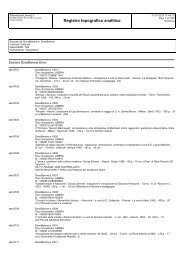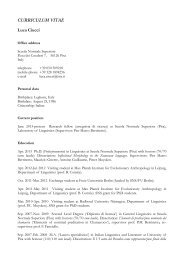Metrics of curves in shape optimization and analysis - Andrea Carlo ...
Metrics of curves in shape optimization and analysis - Andrea Carlo ...
Metrics of curves in shape optimization and analysis - Andrea Carlo ...
Create successful ePaper yourself
Turn your PDF publications into a flip-book with our unique Google optimized e-Paper software.
H 0 . . . . . . . . . . . . . . . . . . . . . . . . . . . . . time → . . . . . . . . . . . . . . . . . . . . . . . . . . . . .“Rigidified”(Translationfavored). . . . . . . . . . . . . . . . . . . . . . . . . . . . . time → . . . . . . . . . . . . . . . . . . . . . . . . . . . . .. . . . . . . . . . . . . . . . . . . . . . . . . . . . . time → . . . . . . . . . . . . . . . . . . . . . . . . . . . . .SobolevActiveContoursFigure 13: Comparison <strong>of</strong> m<strong>in</strong>imization flows when <strong>in</strong>itialized near a localm<strong>in</strong>imum; see Example 10.35. (From [57] c○ 2008 IEEE. Reproduced with permission).10.8 New <strong>shape</strong> <strong>optimization</strong> energiesMost <strong>of</strong> what follows was orig<strong>in</strong>ally presented <strong>in</strong> [56, 58].There are many useful active contour energies that cannot be optimized us<strong>in</strong>gH 0 gradient flow. There are ma<strong>in</strong>ly two reasons why this happens.• Some energies result <strong>in</strong> ill-posed H 0 flows.• Some energies result <strong>in</strong> high-order PDE <strong>and</strong> are difficult to implementnumerically.In many cases, we can optimize these energies us<strong>in</strong>g Sobolev active contours<strong>and</strong> avoid ill-posed problems <strong>and</strong> reduce order <strong>of</strong> PDE.We remark that other gradients (e.g. the “rigidified” active contours <strong>of</strong>Charpiat et al. [10]) cannot be used <strong>in</strong> the examples we will present: them<strong>in</strong>imization flows still are ill posed or high order. Similarly global methods(e.g. graph cuts) cannot deal with these types <strong>of</strong> energies.10.8.1 Average weighted lengthA simple example that falls <strong>in</strong> the first category is the average weightedlength energy that we presented <strong>in</strong> equation (2.6) <strong>in</strong> the <strong>in</strong>troduction:∫E 1 (c) = φ(c(s)) ds = avg c (φ) ;cthis energy was <strong>in</strong>troduced s<strong>in</strong>ce it does not present the short length bias (thatwas discussed <strong>in</strong> §2.4.2).Let L φ = ∫ c φ ds <strong>and</strong> L = len(c) so that E 1(c) = L φ /L, then the gradient is∇E 1 = 1 L ∇L φ − L φL 2 ∇L .85





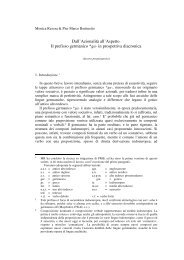
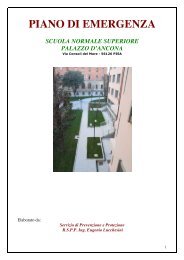
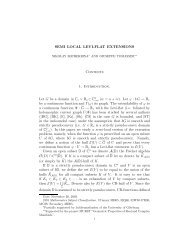
![4. Ghost [Å] vowels in French - Laboratorio di Linguistica](https://img.yumpu.com/49999334/1/184x260/4-ghost-a-vowels-in-french-laboratorio-di-linguistica.jpg?quality=85)



